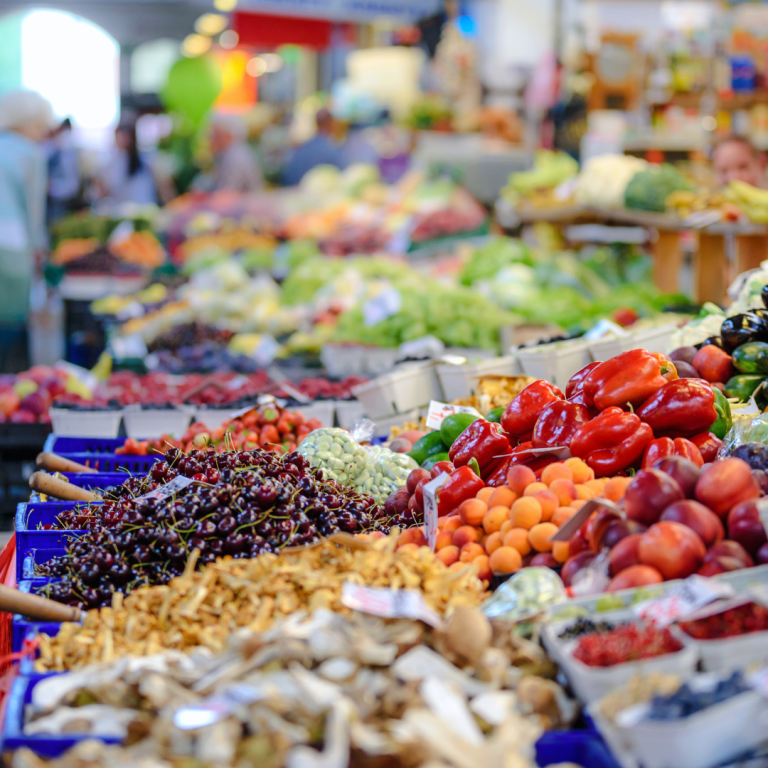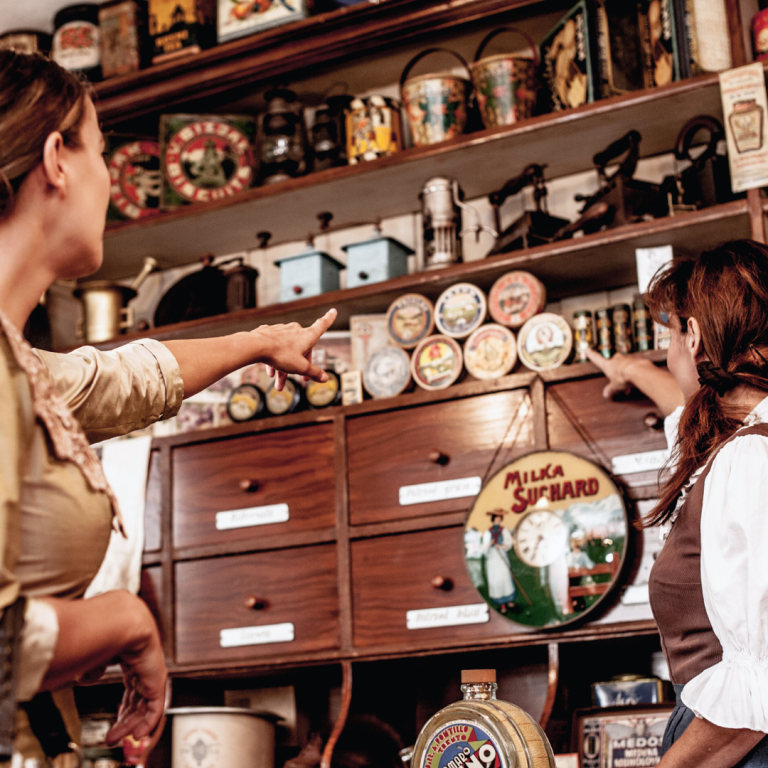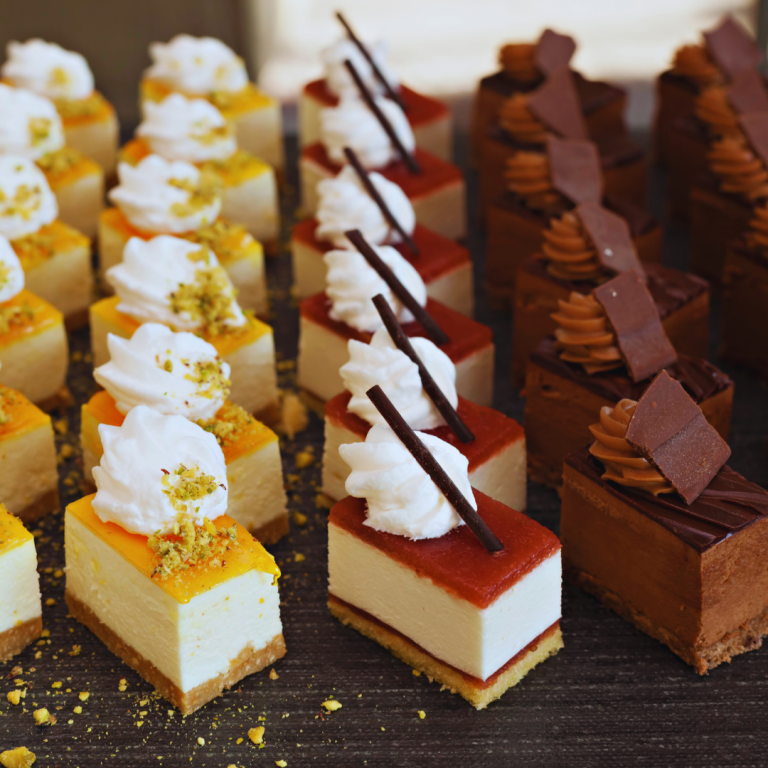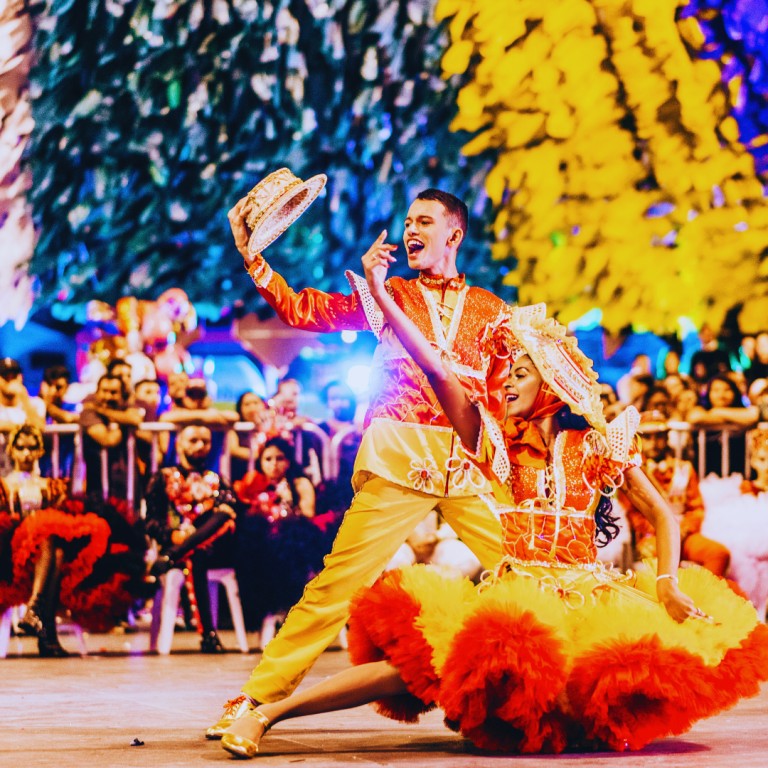Cultural festivals are a vibrant expression of a community’s identity and traditions, showcasing the rich tapestry of human experience around the world. Unique cultural festivals offer a remarkable glimpse into the diverse practices and celebrations that define various societies. From ancient rituals to contemporary events, these festivals serve as touchstones for cultural heritage and collective memory.
Throughout the year, different regions host global celebrations that attract visitors and locals alike, highlighting the best of their unique customs. Notable examples include the colourful Holi festival in India, which heralds the arrival of spring, and the lively Carnaval in Brazil, where music and dance take centre stage. These events not only entertain but also educate participants about the values and histories that each culture holds dear.
Engaging in these vibrant celebrations can enrich one’s understanding of the world. By experiencing the unique flavours, sounds, and sights of cultural festivals, individuals connect with others across borders, fostering appreciation and respect for global diversity.
Historical Significance and Origin of Key Festivals
Cultural festivals often have deep historical roots that reflect societal beliefs, traditions, and collective memory. The significance of festivals lies in their ability to bring communities together while celebrating their heritage. Key festivals such as Diwali, Semana Santa, and the Lunar New Year serve as vital expressions of cultural identity and spiritual beliefs.
Diwali: Festival of Lights
Diwali, primarily celebrated in India, marks the victory of light over darkness and good over evil. Historically, it is associated with the return of Lord Rama to Ayodhya after defeating Ravana, as described in the ancient Indian epic Ramayana.
Traditionally, families illuminate their homes with oil lamps (diyas), engage in prayers to Lakshmi, the goddess of wealth, and partake in festive meals. Each region in India may incorporate local customs, enhancing the festival’s diversity.
The festival also encourages communal bonding through fireworks, gift exchanges, and cultural performances. The lasting impact of Diwali extends beyond borders, embraced by people of Indian origin worldwide, symbolising the universal quest for hope and prosperity.
Semana Santa and Religious Observance
Semana Santa, or Holy Week, is a significant religious event in Spain, commemorating the Passion, Death, and Resurrection of Christ. The festival’s origins can be traced back to the Middle Ages, influenced by various Christian denominations.
During this week, towns and cities hold elaborate processions, featuring floats adorned with religious images, often carried by penitents. These processions convey deep emotions of faith, sorrow, and community involvement.
Each region offers distinct rituals; for example, Seville’s Semana Santa is famed for its grandeur, while Málaga features unique traditions. This festival not only reinforces religious convictions but also fosters a sense of local identity and continuity in Spanish culture.
Lunar New Year and Spring Festival
Lunar New Year, also known as the Spring Festival, is a vital celebration in China, marking the beginning of the lunar calendar. This festival’s origin lies in ancient agrarian practices, focusing on renewal and the anticipation of a bountiful harvest.
Customs surrounding the festival include family reunions, feasting on special foods, and offering prayers to ancestors. Each year is associated with one of the twelve zodiac animals, influencing the festivities and even personal characteristics.
Lion dances, vibrant parades, and the exchange of red envelopes (hongbao) symbolise good luck and prosperity. Lunar New Year serves as a platform to honour familial ties while reinforcing cultural heritage within and beyond China.
Cultural Practices and Festival Rituals
Cultural festivals often embody rich practices and rituals that solidify community ties and foster cultural exchange. These events draw participants from diverse backgrounds, highlighting the significance of tradition and art in societal values.
The Colours of Holi Festival
Holi, known as the Festival of Colours, is celebrated predominantly in India. It marks the arrival of spring and the triumph of good over evil. Participants engage in throwing vibrant powders, or gulal, at each other, symbolising joy and new beginnings.
The celebration involves music, dance, and communal feasting. It promotes unity as people from different backgrounds come together to celebrate. Rituals include lighting a bonfire the night before Holi, representing the destruction of evil. Such practices instil a sense of belonging within communities, making it a vital cultural ritual.
Day of the Dead: Día de los Muertos
In Mexico, Día de los Muertos is a cherished festival honouring deceased loved ones. Families create altars, or ofrendas, adorned with photos, candles, and favourite foods of the departed. This vibrant celebration features marigolds, symbolising the fragility of life.
Rituals involve visiting gravesites, offering prayers, and sharing stories. Unlike sombre memorials, the festival emphasises joy and remembrance. Community participation is essential, with parades, music, and traditional dances bringing people together. This practice reinforces cultural identity while facilitating intergenerational connections.
Burning Man: Expression of Art and Freedom
In the USA, the Burning Man festival serves as a unique platform for artistic expression and radical self-reliance. Held annually in Nevada’s Black Rock Desert, it attracts participants who build a temporary city dedicated to art and community.
Attendees produce elaborate installations and performances, fostering creativity and collaboration. Rituals such as the burning of a large effigy embody themes of transformation and impermanence. The event encourages participant engagement, with a focus on gifting rather than commercial exchange. Its principles promote cultural exchange and experiment with community dynamics within an expansive desert landscape.
Festivals as a Reflection of Cultural Identity
Festivals serve as vibrant expressions of cultural and national identity, showcasing unique traditions and artistic preferences. They provide a platform for communities to celebrate their heritage and foster a sense of belonging.
Edinburgh Festival Fringe and Performing Arts
The Edinburgh Festival Fringe is the world’s largest arts festival, drawing performers and visitors from across the globe. It showcases a diverse range of performing arts, including theatre, comedy, dance, and music.
Originating in 1947, the Fringe reflects Scotland’s rich cultural landscape and serves as a barometer for contemporary artistic trends. It encourages experimentation and innovation, allowing artists to explore and express their identities.
Local Scottish talent, alongside international acts, highlights the cultural tapestry of the region. The festival becomes a meeting ground for varied cultural narratives, affirming Edinburgh’s reputation as a global arts hub.
Carnival in Rio: A Display of Samba Music
Rio Carnival is an iconic event that epitomises Brazilian culture. It is a riot of colour, music, and dance, with samba at its core. This festival relies heavily on local tradition, bringing communities together in celebration.
The roots of samba music reflect African influences, showcasing Brazil’s multicultural heritage. During Carnival, samba schools compete with elaborate parades, vibrant costumes, and rhythmic beats, illustrating Brazil’s artistic talents and communal spirit.
This event not only celebrates Brazilian identity but also serves as a platform for social expression. The energy and passion displayed evoke a sense of pride and unity among participants and spectators alike.
Oktoberfest’s Bavarian Tradition
Oktoberfest is a world-renowned festival celebrating Bavarian culture, held annually in Munich, Germany. Established in 1810, its origins trace back to a royal wedding, but it has evolved into the world’s largest folk festival.
Beer tents filled with traditional Bavarian brews become central to the experience, showcasing Germany’s brewing legacy. Attendees often wear traditional attire such as lederhosen and dirndls, reflecting cultural values and social norms.
Oktoberfest fosters a sense of community among locals and tourists, celebrating camaraderie through music, dance, and culinary delights. It reinforces national identity while also promoting a welcoming atmosphere, inviting people from various backgrounds to partake in its festivities.
Unique Festivals with Global Appeal
Festivals around the world offer unique cultural experiences, attracting visitors with their distinct customs and traditions. These events encapsulate local spirit while appealing to a global audience.
La Tomatina and the Joy of Buñol
La Tomatina is a vibrant festival held annually in Buñol, Spain. It takes place on the last Wednesday of August and involves participants throwing tomatoes at each other in a spirited food fight. The origins trace back to 1945 when locals celebrated with tomatoes during a festive parade.
This event brings in thousands of visitors, all eager to partake in the fun. The atmosphere is lively, filled with laughter, music, and a sense of camaraderie. Following the tomato throwing, the town’s streets turn into a slippery, red spectacle, requiring a thorough clean-up afterwards.
Japan’s Cherry Blossom Viewing: Hanami
Hanami is a cherished springtime tradition in Japan, celebrating the blooming of cherry blossoms. This festival occurs typically in late March to early April, spanning across parks and gardens throughout the country. Families and friends gather under the pink blossoms for picnics, appreciating the transient beauty of nature.
The significance lies in the celebration of life and its fleeting moments, captured beautifully by the cherry blossoms. Hanami is not just about the flowers; it includes traditional music, food, and festive activities that foster social connections. Visitors from around the globe experience this harmonious blend of culture and nature.
The Peculiar Charm of Highland Games
Highland Games is a series of traditional Scottish events showcasing strength, skill, and culture. These gatherings take place primarily during the summer months, featuring activities such as caber tossing and tug of war. Originating in Scotland, these games also promote community spirit and heritage.
Participants often don traditional Scottish attire, including kilts, and spectators enjoy the accompanying music and dance. The atmosphere is competitive yet festive, making it a memorable experience for both locals and international visitors. The games highlight Scotland’s unique identity while inviting a diverse audience to enjoy the cultural spectacle.




